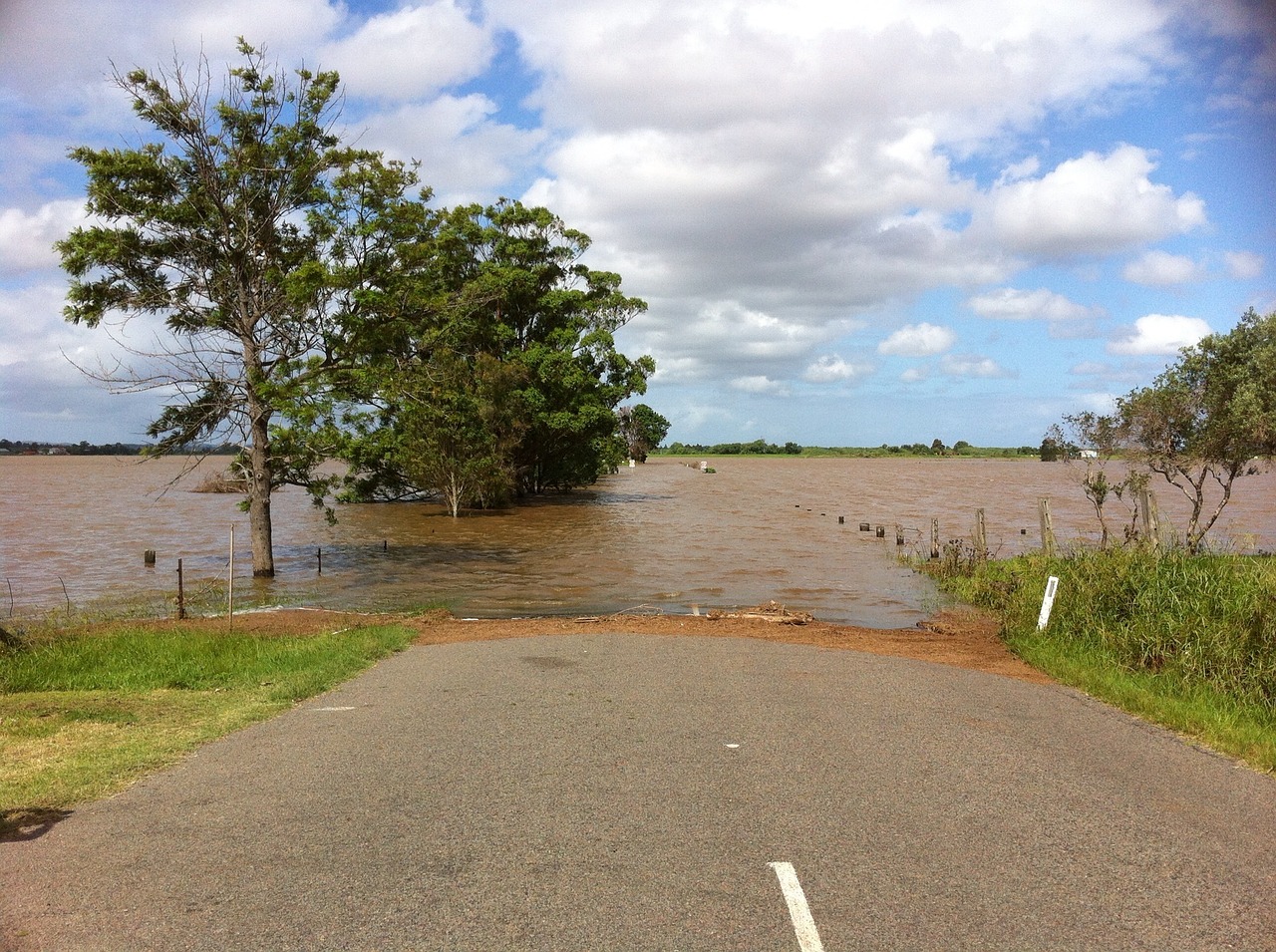By Gene Tanaka, Best Best & Krieger.
If recent weather forecasts hold true, we can expect an El Nino this rainy season. And with an El Nino comes flooding and related litigation. As counter-intuitive as it may be during this drought, it makes sense for California’s public agencies to now ponder the legal consequences of a flood.
Flood Claims
Following a flood, a public agency that designed, constructed or maintained a public improvement may be sued for inverse condemnation, nuisance and dangerous condition of public property for damages caused by that agency’s improvement, like a flood control project. Each type of claim presents unique legal wrinkles.
Following a flood, one of the most common claims in a lawsuit is inverse condemnation. This is essentially a claim that flood damages caused by a government agency’s improvement constituted a “taking” of the owner’s property. The California Constitution says in article I, section 16 that “private property may be taken or damaged for public use only when just compensation has first been paid to the owner.” This same Constitutional provision underpins eminent domain actions, where the public agency decides to condemn property, and land use decisions, when an agency’s actions constitute a regulatory takings. Unlike negligence, the plaintiff need not show that his or her injury was foreseeable. Rather, they must only prove that an agency’s public improvement substantially caused the property damage, even if it was only one of several concurrent causes. However, this rule requires the plaintiff to prove that the pubic agency’s design, construction or maintenance of a flood control project posed an unreasonable risk of harm.
Plaintiff’s attorneys prefer inverse condemnation because they do not have to prove negligence, and they are entitled to attorney’s fees if they prevail. Unfortunately, the public agency cannot recover fees even if it prevails. Caselaw has also established that a plaintiff can recover lost income and profits from the property damage. On the other hand, because these claims are damages to real or personal property, the plaintiff is not entitled to damages for personal injuries.
Although a plaintiff is not entitled to personal injury damages for inverse condemnation, a plaintiff may obtain personal injury damages with a claim for dangerous condition of public property. This is a form of negligence and requires that:
- the public agency owned or controlled the property;
- the dangerous condition created a reasonably foreseeable risk of the injury that occurred;
- the public agency’s employee created the dangerous condition or the public agency was aware of the condition in time to protect against the condition; and
- the condition was a substantial factor in causing plaintiff’s harm.
Similarly, a plaintiff may recover personal injury damages for a nuisance claim. A nuisance is anything that “is injurious to health . . . offensive to the senses . . . or [interference] with the comfortable enjoyment of life or property,” According to the California Civil Code, a plaintiff may bring a civil action for an injunction, damages or both. Unlike inverse condemnation, a plaintiff usually cannot recover attorney’s fees for dangerous condition or nuisance causes of action.
Because each claim has advantages and disadvantages, plaintiff’s attorneys will often sue the public agency for flood damages under all three counts. Unfortunately, these cases often present significant risk to the public agency because the damage claims are large, and the attorney’s fees are high.
What to Do
Avoiding litigation is always preferable. Therefore, clearing channel obstructions, repairing weak spots in levees and dams, making sure that flood control gates and locks are in proper working order and performing other preventative maintenance make good sense. If time permits, having a consultant inspect the agency’s facilities can pay dividends. Finally, reviewing the public agency’s insurance policies will help provide the agency with a realistic sense of its exposure. Most insurance policies exclude inverse condemnation and flood damages so it is important to look for specific policies or endorsements that cover such claims.
When faced with litigation, it is important to involve experts at the outset to assess whether, and to what extent, the flood waters caused harm, as well as to consider the reasonableness of the public agency’s design, construction and maintenance of its public facilities, and to review the plaintiff’s economic and medical damages claims. Early involvement with experts helps avoid missteps in discovery and assess whether early settlement is advisable.
Also, the public agency may wish to involve insurance coverage attorneys to see if the claim is insured. If the agency has flood insurance, those attorneys can make sure the insurer steps up, and defense counsel does not make decisions in litigation that bars coverage. Also, for conditions stretching back many years, old insurance policies that pre-date the flood may provide coverage.
Early preparation forces the public agency to incur defense costs up front when the agency may be hoping for settlement to defer those costs. However, this preparation allows the agency to realistically evaluate its settlement position and strengthens its position if the case must be tried.
The irony is that we all want more rain and an end to the drought. Now that we may get exactly what we want (or at least some relief from the drought), we face the opposite problem of too much water. Both circumstances require preparation and perseverance, which Californians will handle — as they have all other natural disasters.
[divider] [/divider]
 Best Best & Krieger LLP Partner Gene Tanaka, based in Walnut Creek, focuses on environmental, land use and public agency litigation. He can be reached at gene.tanaka@bbklaw.com.
Best Best & Krieger LLP Partner Gene Tanaka, based in Walnut Creek, focuses on environmental, land use and public agency litigation. He can be reached at gene.tanaka@bbklaw.com.





